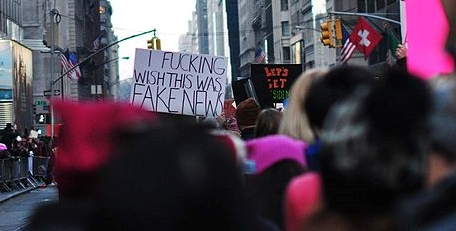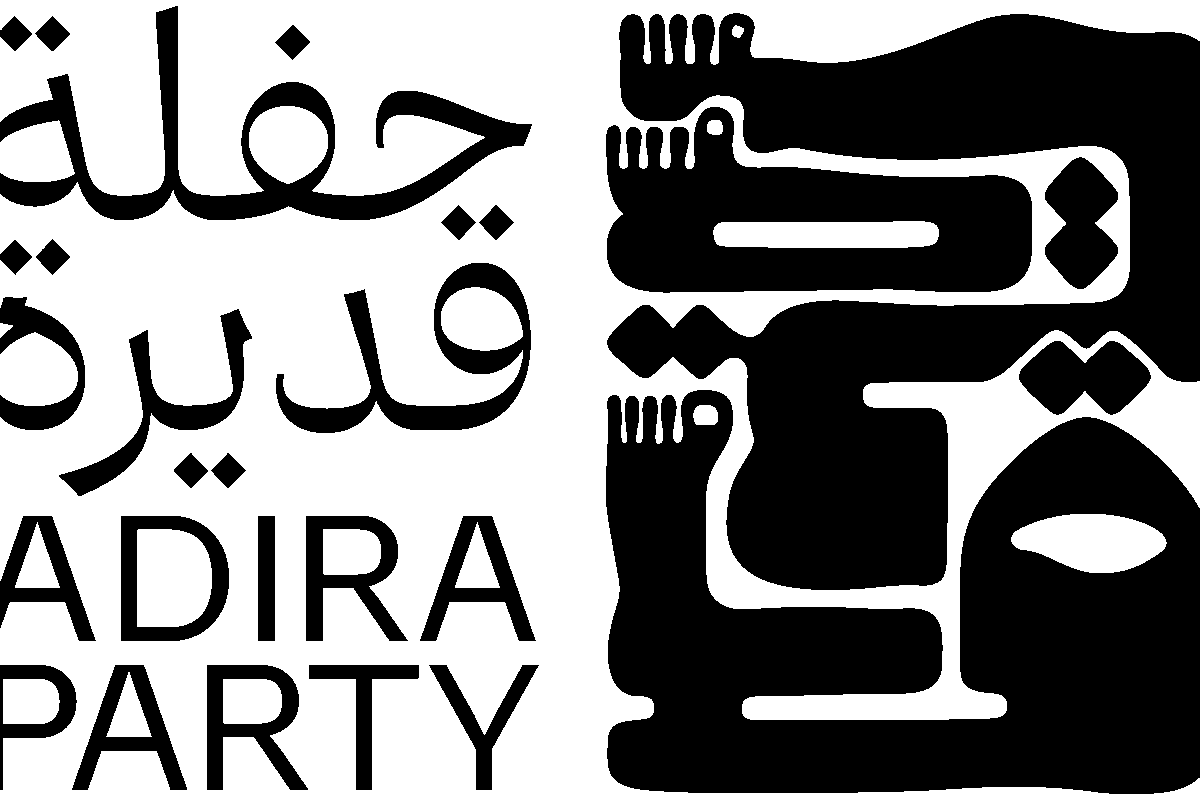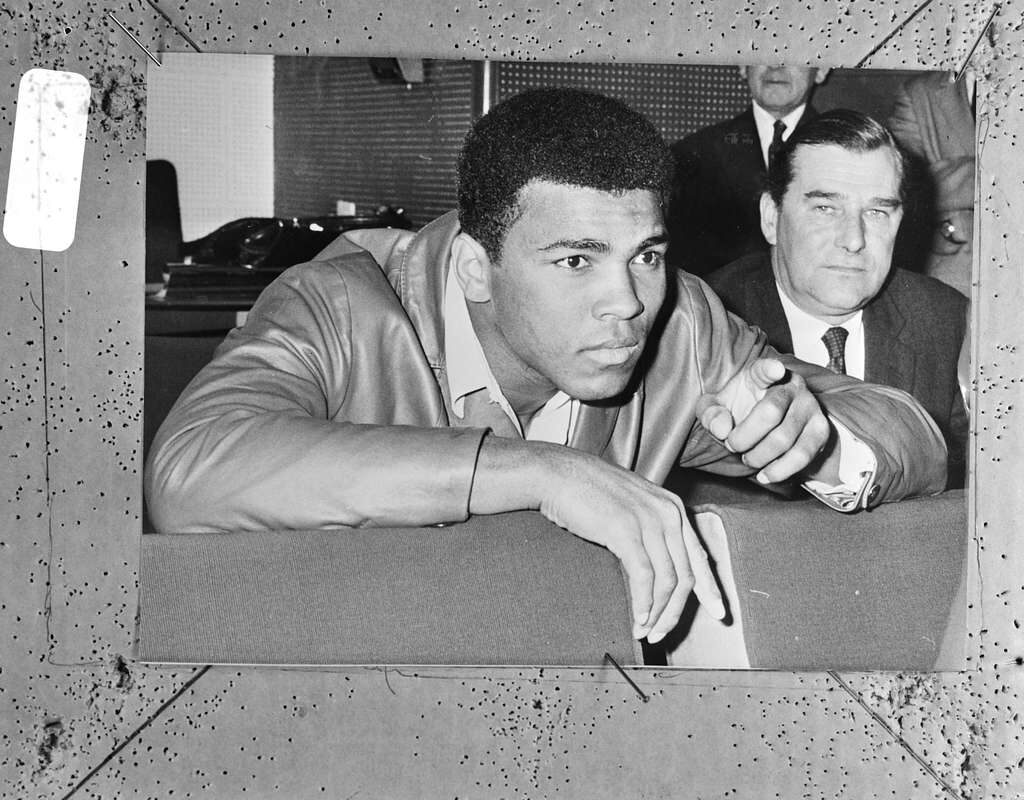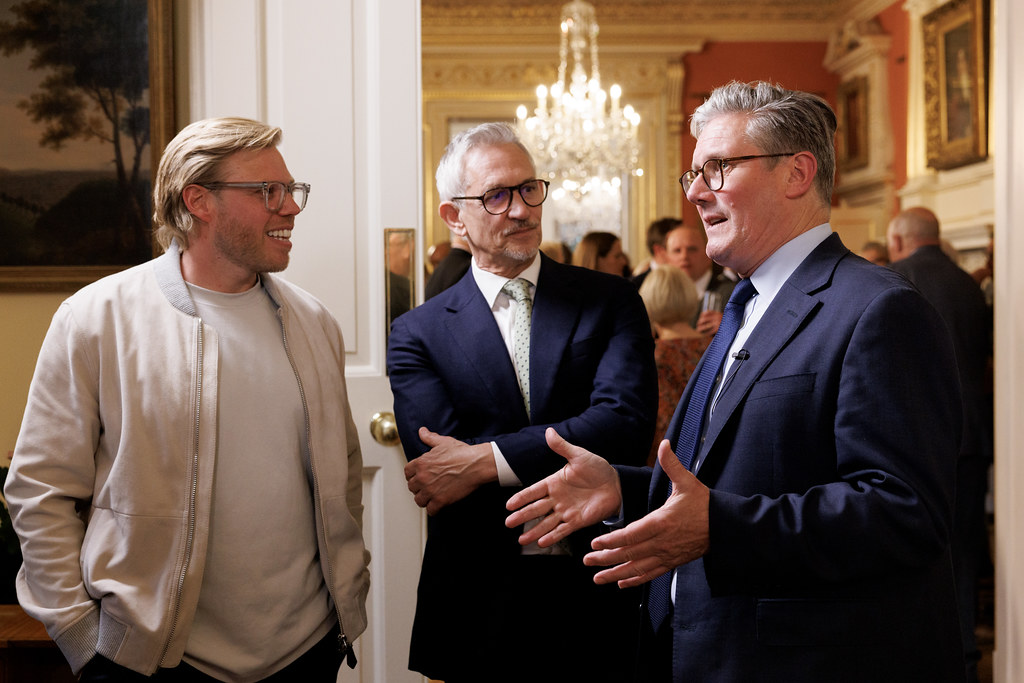Glued to your phone checking on news from Ukraine? Hoards of websites and social accounts are publishing information and photos – even ones that normally have nothing to do with news or politics. Getting involved by reposting articles seems like it’s better than sitting around doing nothing, but it can also lead to circulating misinformation. Early on in the invasion of Ukraine, there was a widely shared photo that turned out to be of Israel bombing Gaza, not of Russia bombing Ukraine.
Really emotional content is more likely to be shared, so often false or misleading information comes along with emotionally triggering photos or text. Some can clearly be harmless, shared only for clicks or likes, but there are often more harmful fakes that crop up during crises. The Black Lives Matter movement, for example, constantly deals with fake accounts that receive donations and then disappear with the money. This scam was especially rampant during the mass protests following the death of George Floyd.
Considering the fact that Russia has launched a propaganda campaign online alongside the one on the ground, it’s important to be wary of what we’re sharing and whose voices we’re amplifying. Photos, videos, and accounts from individuals on the ground can be vital to getting coverage that isn’t available from, or ignored by, mainstream media outlets. Students at the border fleeing Ukraine from India, Pakistan, and African countries shared videos of being blocked from crossing the Polish border while white Ukrainians were let through. The number of people sharing their photos, videos and experiences were enough that the issue is now being more widely covered.
Often the scope of misinformation campaigns isn’t clear until after the fact, as with Russian interference in the Trump-Clinton election in the United States, which prompted Germany to develop a sort of task force of fact-checkers for their elections. Twitter is especially rife with the spread of fake news, because it is easy to build a Twitter bot that can run 24/7 and post faster than any human. Recently, an army of Chinese bots, along with influencers, tried to paint the winter Olympics as a wonderland to bolster confidence in the controversial games (by the way, someone has figured out how to bypass the paywall in that article).
So, check and double check before you share! Here’s how:
- Photos shared by news organizations are usually from agencies, who will have reporters on the ground.
- If you can’t trace a photo back to the original source, there’s a good chance it’s fake. You can use TinEye to reverse search images and find out where they come from.
- During conflict, old conflict footage will often make the rounds again, posted by sites or accounts trying to get clicks. Check the page for an earlier post with the same photo or video.
- There are multiple tools to check if a Twitter user is a bot – here’s an add-on for your Twitter feed.
- If you land on a webpage you don’t know, click around. If the links are broken, link back to the website itself, or if there is no about page, it could be fake.
- Check if there is an organization behind a donation link or a petition. Or if it’s an individual, see if they are supported by an organization. Too many individual helpers on the scene can cause chaos – it’s better to go with experienced organizers.
- Beware of information from news organizations where the source is other news organizations. If there is no source for the information, it probably isn’t confirmed.
- “According to experts”, “getting reports of”, “seeking confirmation for” means that there is no source for the information.
- Death tolls are very hard to calculate and confirm in the midst of conflict.
- For big headlines, always compare multiple sources.
- If something feels funny or doesn’t look right, it probably deserves investigation. You can keep an eye out for the type of clothing people are wearing and the buildings or nature that’s surrounding them – check to see if it matches the news that is going along with the photos or videos.




